Making the arts accessible
by Beth Finke
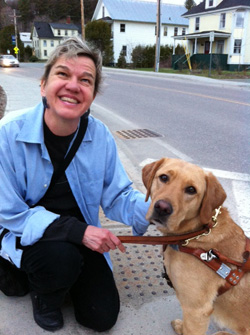 Sound the trumpets! Here’s something I never dreamed would happen to me: I’ve been awarded a writing fellowship from the National Endowment for the Arts and am spending the month of April with 50 other poets, visual artists and writers at the Vermont Studio Center.
Sound the trumpets! Here’s something I never dreamed would happen to me: I’ve been awarded a writing fellowship from the National Endowment for the Arts and am spending the month of April with 50 other poets, visual artists and writers at the Vermont Studio Center.
News about the fellowship got me wondering whether the National Endowment for the Arts has a history of working with people who have disabilities. I checked out their web site, and wow! Do they ever! an entire department of the NEA is dedicated to making the arts accessible.
The National Endowment for the Arts’ Office for Accessibility does a lot of things to accomplish its goals. When I checked out their web site their Careers in the Arts for People with Disabilities program really stood out. The program partners the U.S. Department of Education, Health & Human Services, and the Social Security Administration with the Kennedy Center for the Performing Arts to sponsor artists and arts administrators with disabilities, You can contact the Kennedy Center for more information on that program, and while you’re at it, why not check out a series of state-wide forums on Careers in the Arts, organized by UCLA’s National Arts and Disabilities Center, too.
I plan on taking a look at (okay, a listen to) these and other NEA programs for people with disabilities once I get a little more settled in here at my artist retreat in Vermont. What a privilege this is, I am truly grateful.







 Mike Sandy — Chairman of the Easter Seals National Associate Board
Mike Sandy — Chairman of the Easter Seals National Associate Board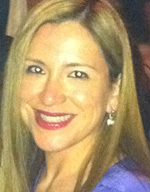 Maria Mazza — Vice Chair of the Easter Seals National Associate Board
Maria Mazza — Vice Chair of the Easter Seals National Associate Board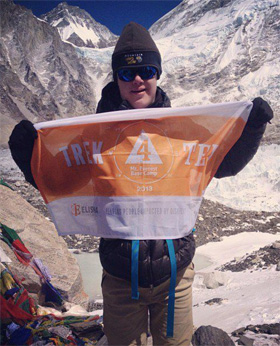 Eli Reimer is on top of the world. Late last month, the 15-year-old from Oregon made it to base camp on Mount Everest along with his father and friends. That’s 17,600 feet high, and Eli is the first teenager with Down syndrome to make that climb.
Eli Reimer is on top of the world. Late last month, the 15-year-old from Oregon made it to base camp on Mount Everest along with his father and friends. That’s 17,600 feet high, and Eli is the first teenager with Down syndrome to make that climb.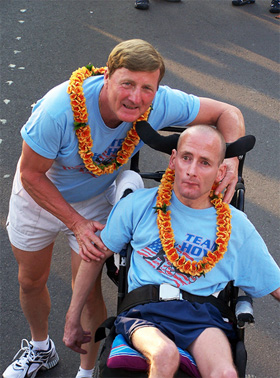 Here’s Kelly with another guest post.
Here’s Kelly with another guest post. It has long been
It has long been 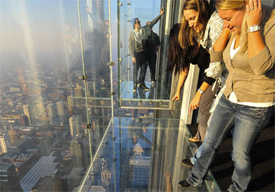 Five years ago Easter Seals Headquarters moved from a smaller office in Chicago’s Loop to the Sears Tower (now called
Five years ago Easter Seals Headquarters moved from a smaller office in Chicago’s Loop to the Sears Tower (now called 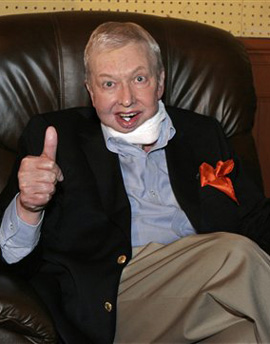 It took a year for me to go from seeing spots to being completely blind. During those twelve months, my husband Mike and I were determined to keep doing all the things we’d enjoyed doing together when I still had 20/20 vision.
It took a year for me to go from seeing spots to being completely blind. During those twelve months, my husband Mike and I were determined to keep doing all the things we’d enjoyed doing together when I still had 20/20 vision.